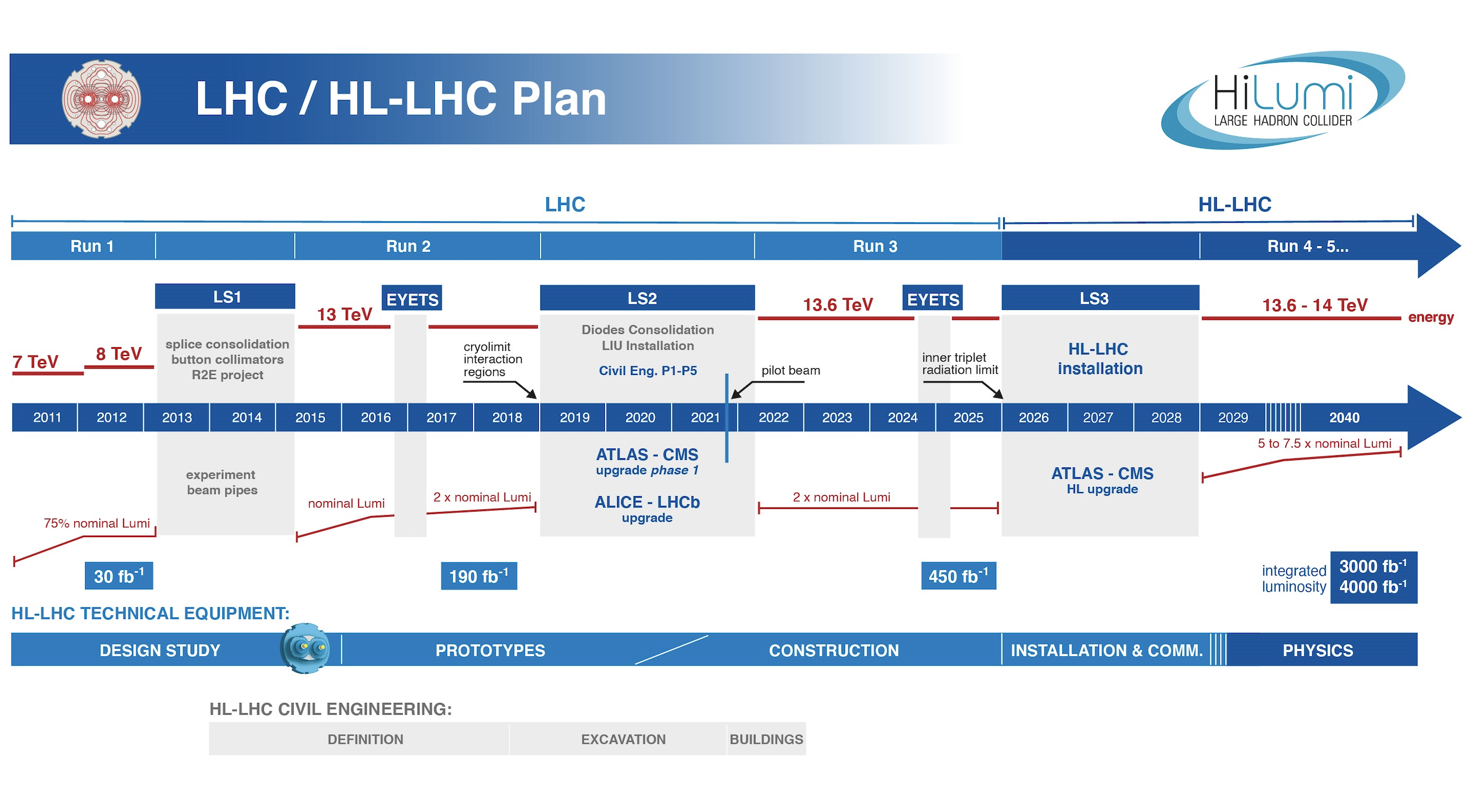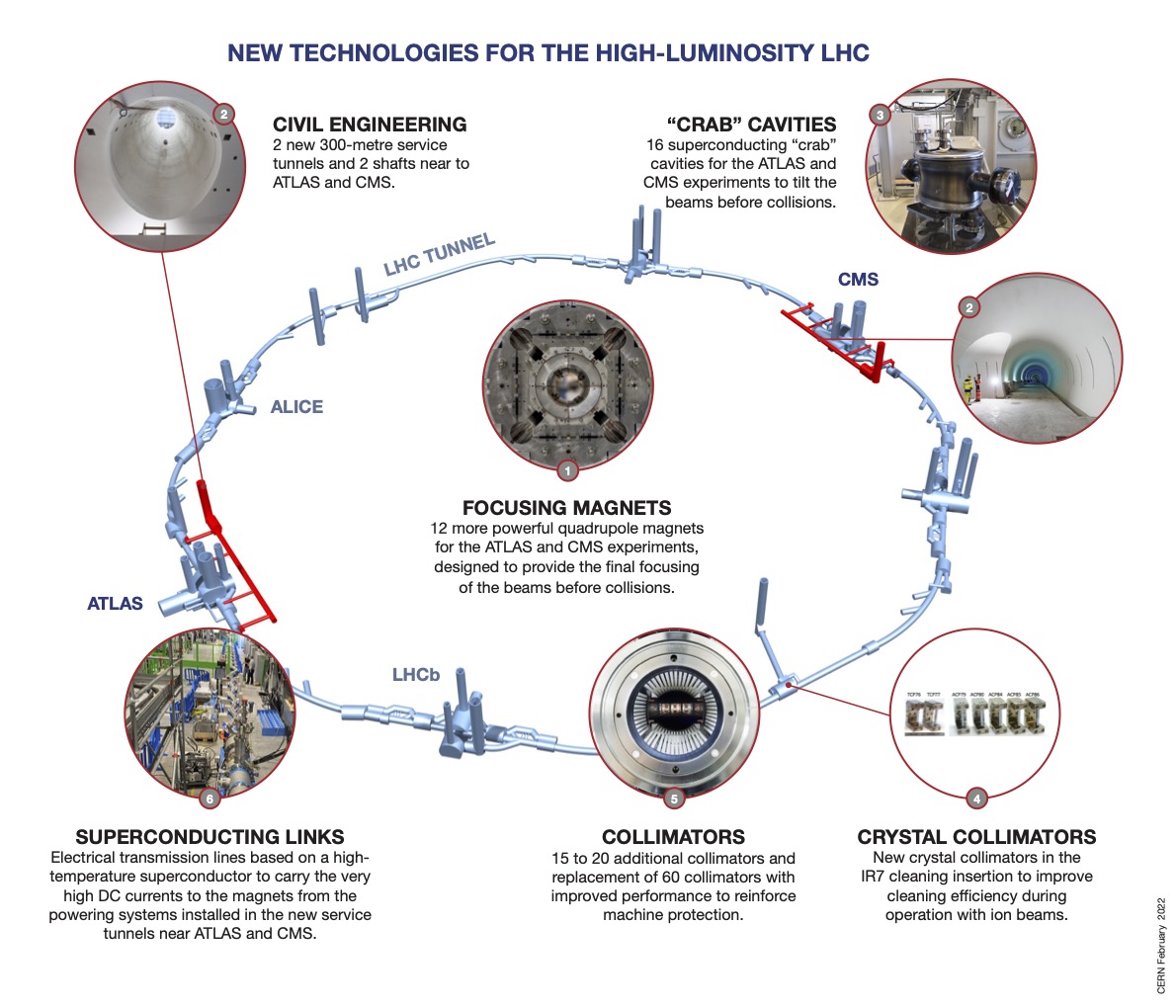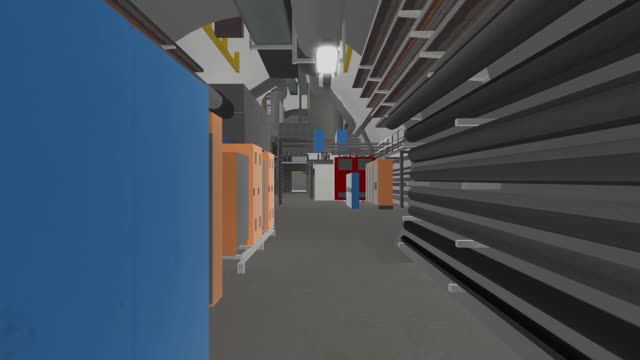CERN’s Large Hadron Collider (LHC) is the world’s largest and most powerful particle accelerator. It has been operating successfully since 2008. The data collected from the LHC allowed the ATLAS and CMS experiments to discover the Higgs boson after decades of research.
The High-Luminosity Large Hadron Collider (HL-LHC) is an upgraded version of the LHC: it will operate at a higher luminosity or, in other words, will produce more data. The HL-LHC will enter into service from 2028 onwards, increasing the volume of data available to the ATLAS and CMS experiments by a factor of 10. For example, it will produce at least 15 million Higgs bosons per year, compared to around 3 million from the LHC in 2017.
The HL-LHC will allow physicists to study known phenomena, such as the Higgs boson, in detail, and to observe possible very rare new phenomena.
The results of this essential research could change our perception of the fundamental laws of nature. In particular, it will allow scientists to continue their measurements of the particles predicted by the Standard Model, the theoretical model of particles and forces, and to identify any discrepancies between the experimental results and the theory. It will also allow them to verify whether other particles exist at the LHC energy scale. Their existence could resolve some of the outstanding puzzles of contemporary physics, such as the presence of the enigmatic dark matter.
Construction of the HL-LHC requires the development of new components. Civil engineering work has been carried out to create the spaces required to house some of the technical infrastructure for this new equipment. Construction of the HL-LHC should be completed in 2029 and will be followed by at least ten years of operation.

Shafts around 80 metres deep have been dug on the sites of the ATLAS experiment in Meyrin (Switzerland) and the CMS experiment in Cessy (France), as well as an underground cavern and a 300-metre-long service tunnel at each site. The new HL-LHC underground areas are linked to the LHC tunnel by four connecting tunnels. Five surface buildings have also been built.

To find out more about the civil engineering work for the HL-LHC, check out our FAQ.
More information:

